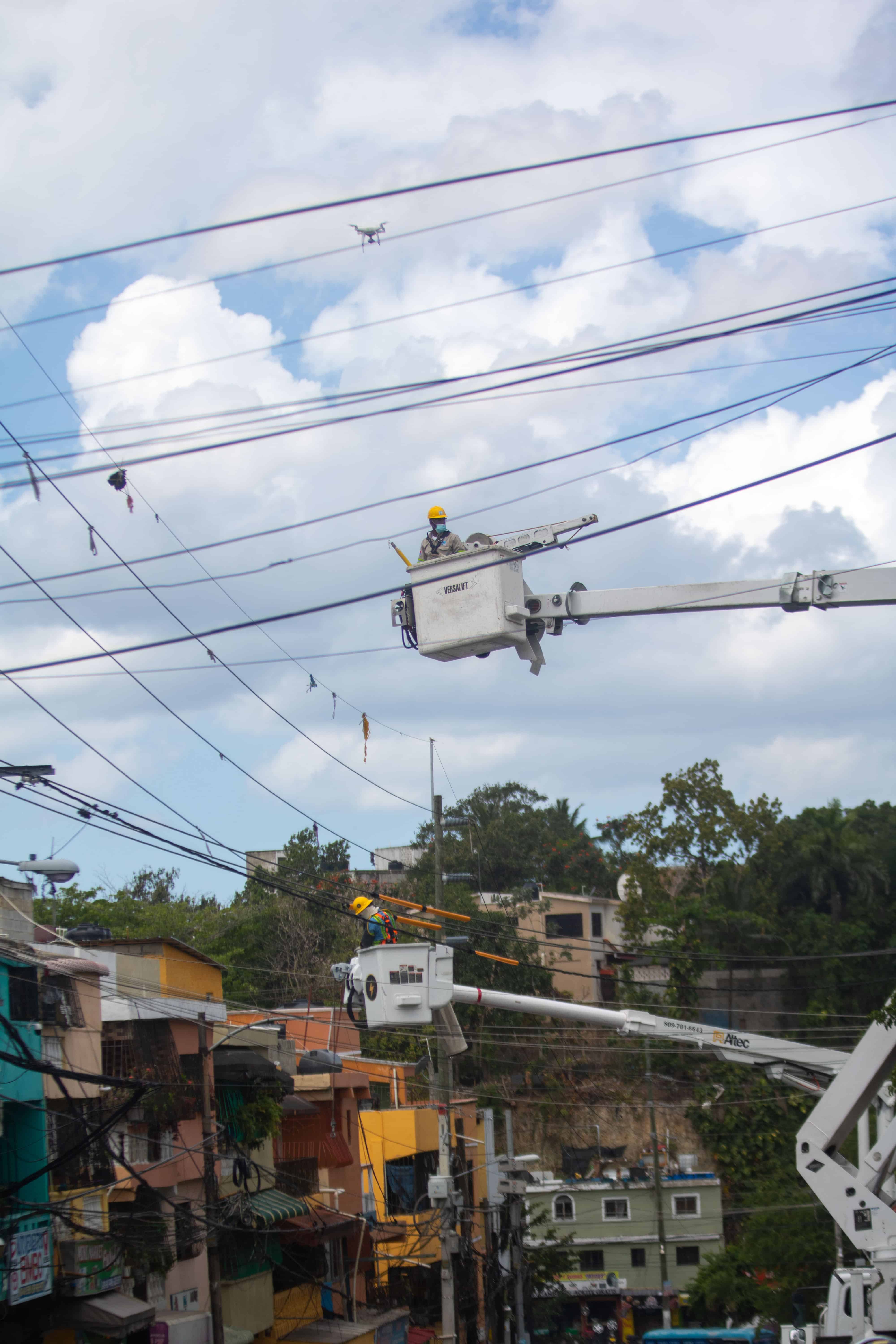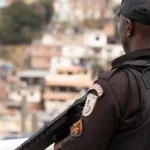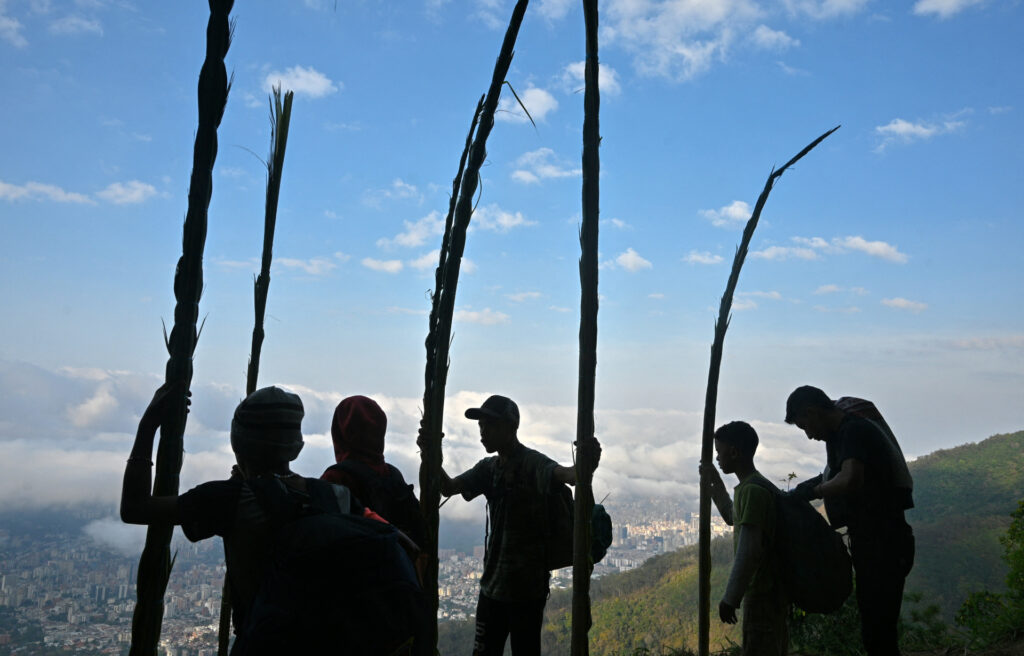To recreate, a person decides to make a chichigua fly. The kite flies high, but its tail gets tangled in a power line. As the individual cannot climb to unwrap it, he considers lost the instrument that entertained him for a while without noticing one consequence: the tangled material could leave a neighborhood without energy.
Every year the Electric Transmission Company (ETED) removes more than 2,500 queues from chichiguas at the national level that represent damage to infrastructure, and entail a tripling of maintenance and the number of brigades destined to remove them from the lines, to try to avoid interruptions in the electricity supply.
“The problem is that, when they fly chichiguasthe tails of the chichiguas they get tangled up, sometimes when they go off in a band or sometimes they get cut and get tangled up”, explains the administrator of the ETED, Martín Robles. “They enter the transmission lines, which are the highest and are the first to touch when one comes down; They get tangled up in the wires.”
As long as the tangled material is dry it is not a problem for the power line. “But, when at dawn, already with the humidity, the serene, the dew or a light drizzle, that rag gets wet; when it gets wet, it is a conductor, and then it makes a short circuit with the two cables and there it takes out the service line”, details engineer Robles.
It also reports that the high voltage that passes through the transmission lines is very dangerous for humans, so when a chichigua gets entangled in the power cables and the person tries to recover it, they can receive electric shocks that cause serious burns and even death.

“The serene, the dew or a light drizzle, wets that rag; when it gets wet, it is a conductor, and then it makes a short circuit with the two cables and there it takes out the service line”Administrator of the ETED
The system responds to eventualities with which chichiguas. A short circuit immediately occurs, taking the affected line out of service, but a problem occurs in the system itself that must replace those megawatts that come out of transmission so that there is no collapse and the balance between supply and demand is maintained. Energy.
The interruptions caused by chichiguas they represent millionaire losses for ETED, which exceed 10 million pesos a year, according to the entity’s estimates.
The sectors where more cases occur are those in the eastern and northern parts of the city. Focused service outages can range from half an hour to an hour. In the worst case, a complex blackout could be generated that would be restored in six or eight hours.
It is the current time of year – the Lent Y Holy Week– that the flight of chichiguas by favoring the direction of the wind and the holidays. For this reason, the ETED reactivated a campaign called “Fly in a safe place” to make the population aware of the dangers of raising a chichigua near power lines.
“We have to deploy every day, this season, engine brigades, checking to see if there are chichiguas on the line and, second, if there is, then a bucket truck behind to come and remove it,” says Robles.
Asking the official where, then, should the chichiguasanswers: in open sky places and not near towers, poles or power lines.

















